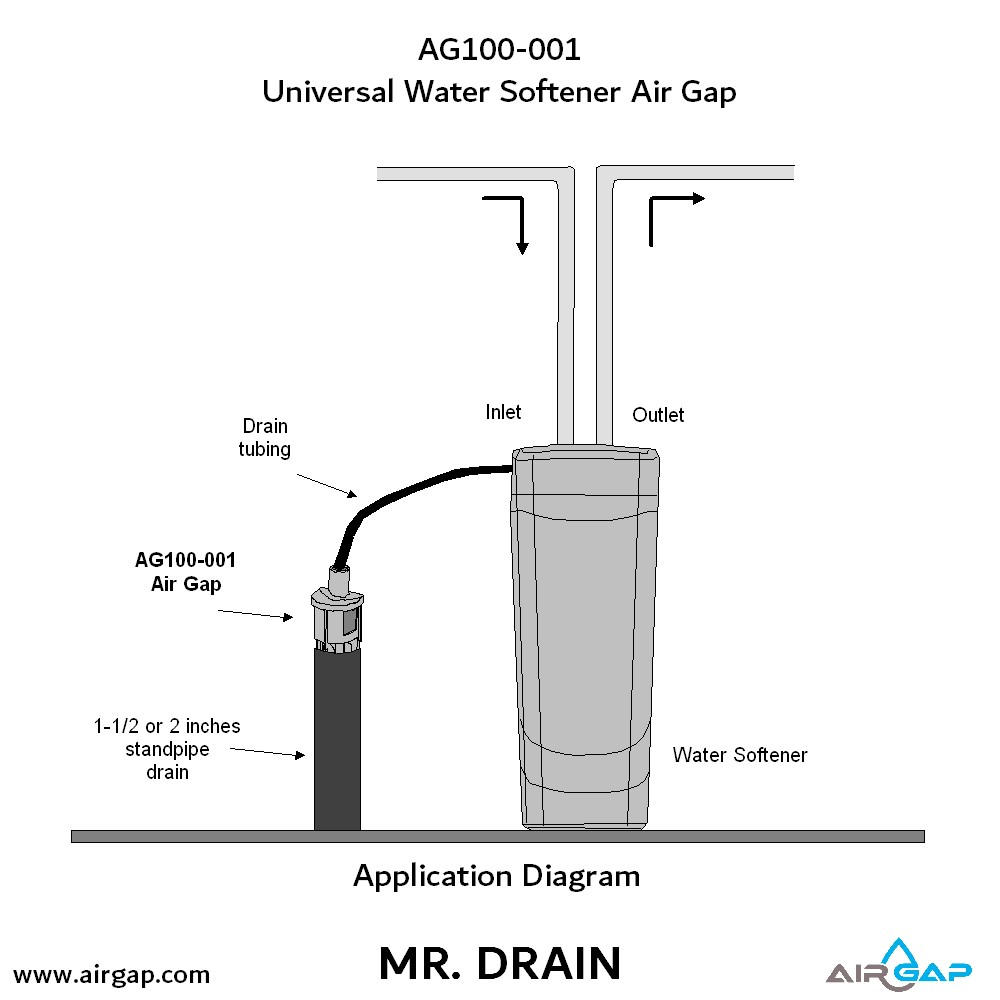This is to prevent non potable water from flowing backwards possibly mixing and contaminating potable drinking water.
Water softener drain line options.
For more information on products and accessories visit us.
Similar to the requirement for dishwashers the drain line needs an air gap fitting designed to prevent back siphoning of contaminated drain water into the water softener.
During regeneration your water softener automatically sucks all of the water out of the brine tank so activating this cycle can remove the water for you.
There are special air gap fittings that allow you to connect the water softener s drain tubes directly to a drainpipe or standpipe.
The industry standard is a polypropylene drain line that is rigid yet flexible.
On water softener service calls in minnesota we find a wide variety of drain line material being used.
A softener drain line must not be connected directly to the waste system but must be emptied into a laundry tray floor drain or properly trapped special outlet preserving an air gap of at least two times the diameter of the drain line but in no case less than 1 1 2 above the top of the receptacle used.
The good news is that there are water experts that will work with you to pick the water softener that is appropriate for you.
Do a manual regeneration cycle.
By code water softeners must be emptied into a laundry sink floor drain sump hole or properly trapped special outlet preserving an air gap of at.
According to most plumbing codes a water softener drain line must not be connected directly to the household waste system.
Many of the home improvement stores sell big box water softeners and installation kits to get them connected.

